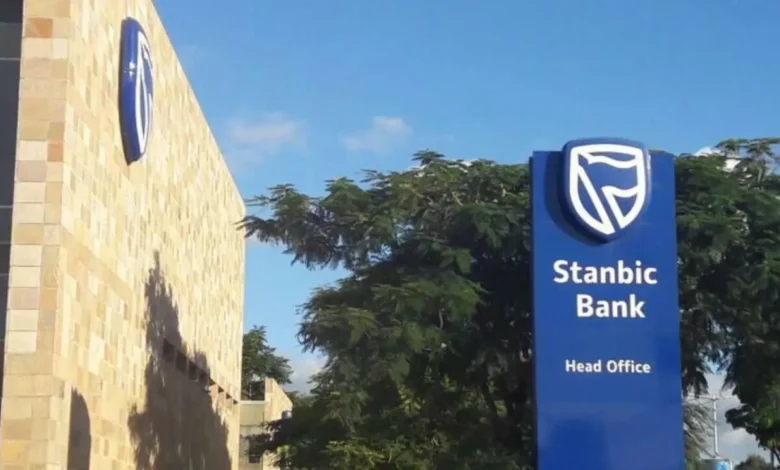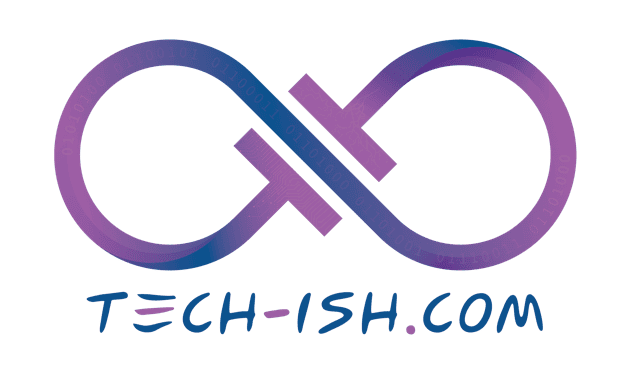
Kenya’s private sector has shown remarkable resilience as it continued its growth trajectory into January 2025, despite experiencing a slowdown in output growth. According to the latest Stanbic Bank Kenya Purchasing Managers’ Index (PMI) report, the headline PMI stood at 50.5, a slight dip from December’s 50.6 but still above the critical 50.0 threshold that signifies expansion. This marks the fourth consecutive month of growth, reflecting ongoing private sector resilience even amid economic headwinds.
Resilience Amid Economic Challenges
The sustained PMI above 50.0 highlights the private sector’s ability to adapt to challenging economic conditions. Businesses cited factors such as new client referrals, aggressive marketing strategies, improved cash flow, and easing inflationary pressures as key drivers of this resilience. However, the growth momentum has weakened, with output and new orders growing at their slowest pace since the current expansion phase began four months ago.
Employment figures revealed a worrying trend, with staffing numbers falling for the first time since August 2024. While the decline was fractional, it ended a three-month streak of job growth. This indicates potential vulnerabilities in the Kenyan labor market, possibly linked to the broader economic slowdown and cautious hiring practices by businesses facing uncertain demand.
Price pressures remained solid but showed signs of moderation compared to December’s 11-month high. Input prices continued to rise, primarily driven by higher taxation on imported materials. However, the pace of inflation eased slightly, offering some relief to businesses. Companies responded by raising selling prices, though the rate of increase was the softest in three months.
Despite the sustained growth, business confidence remains fragile. The Future Output Index posted one of its lowest readings since the survey began 11 years ago, with only 6% of companies expressing optimism about their output over the next 12 months. Businesses highlighted strategic initiatives such as launching new products and ramping up marketing activities as key to their growth plans.
Key Factors Influencing the PMI
Industries heavily reliant on imports are grappling with cost pressures due to increased taxes. Conversely, sectors leveraging local resources and robust marketing campaigns appear to be faring better, contributing positively to the Kenya PMI. Higher taxation on imported goods has emerged as a significant factor affecting business costs. Firms reported increased purchase prices for imported commodities, although the rate of increase was slower than in the previous month. This taxation burden is being partially passed on to consumers through higher output prices, affecting purchasing power and demand.
The Purchasing Managers’ Index (PMI) serves as a crucial barometer for Kenya’s economic health, offering early insights into trends that could shape the broader economy. The slight dip in January’s PMI suggests potential risks of economic stagnation if current conditions persist. Policymakers and businesses alike may need to brace for more challenging times ahead unless corrective measures are implemented.
To counter the slowdown in demand, many businesses have intensified their marketing efforts and improved cash flow management. These strategies have been pivotal in sustaining growth, as evidenced by firms’ ability to attract new clients and maintain sales despite economic pressures.
Regional and Global Context
Kenya’s PMI performance mirrors trends observed in several other emerging markets, where growth persists but at a decelerating pace. For instance, countries like India and Brazil reported stronger PMI figures, while others in the region faced similar slowdowns due to global economic uncertainties and local fiscal challenges.
Interestingly, businesses have been increasing their inventory levels, reversing the decline observed in December. This move appears to be a strategic response to anticipated supply chain disruptions and future material shortages. Firms are stocking up to mitigate potential risks, ensuring they can meet demand even if procurement challenges arise.
Conclusion
Kenya’s private sector has demonstrated commendable resilience as it navigates economic turbulence. While growth continues, the slowing output, employment concerns, persistent inflationary pressures, and weak business confidence highlight the need for strategic interventions. Policymakers and business leaders must collaborate to create an environment that fosters sustainable growth, mitigates risks, and enhances the sector’s adaptability to future challenges.
For continued updates on Kenya’s economic performance, stay informed with the latest reports and insights from Stanbic Bank Kenya PMI and other economic indicators.







